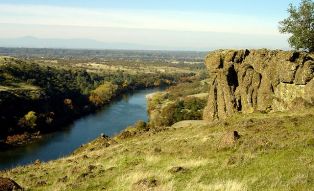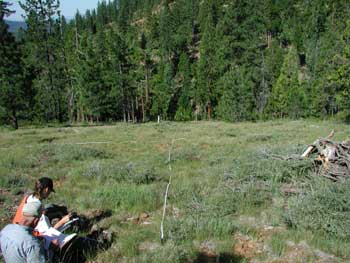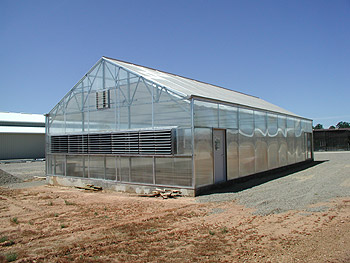xxx,xxx,xxx,xxx
METRIC TONS OF CO2
EQUIVALENT TO
SCRUBBING FROM THE AIR THE ANNUAL
CO2 EMISSIONS FROM xxx.xxx,xxx,xxx VEHICLES
Environmental Partners

Sierra Pacific Industries is investing in the future by developing partnerships today. Starting in Northern California more than 70 years ago, our relationships with the surrounding communities have grown into full-fledged partnerships. SPI keeps its eye on the future by participating in programs that protect and improve forestlands for the generations to come.
Spotlight on Partners: Sierra Pacific Industries
BLM Coordination with Sierra Pacific Industries Leads to Improved Recreation Access
Ask Californians to describe Sierra Pacific Industries and public land recreation probably wouldn’t be part of their response. For northern California residents, however, a cooperative relationship between California’s largest timber company and the Bureau of Land Management’s Redding Field Office has meant improved public land access for pursuits ranging from hiking and horseback riding to off-road motorcycle activities.
"Since completion of the Redding Resource Management Plan (the plan identifies lands suitable for disposal from public ownership, and acquisition for the public) in 1993, we have worked closely with Sierra Pacific to acquire about 14,000 acres for the public," said Steve Anderson, manager of the BLM Redding Field Office. "In exchange, Sierra Pacific acquired about 6,500 acres of public parcels, most of which were isolated and difficult to manage for public uses. These exchanges have helped the BLM increase recreation opportunities at a time when public demand is rapidly increasing. And they have helped Sierra Pacific better manage its existing timber holdings." BLM California News.bytes, issue 325
Trust for Public Land
Sierra Pacific Industries and the Trust for Public Land signed a historic agreement in 2001 to protect more than 30,000 acres in the Sierra Nevada mountain range. Under the pact, SPI agrees to sell its forestland to TPL along a 20-mile stretch located on the North Fork of the American River.
The North Fork cuts through one of the deepest, most spectacular canyons in the Sierra Nevada. Visitors can enjoy stunning views from several vista points, fish deep pools for native trout, hike scenic trails to historic cabins, observe displays of native American rock art, and camp under old-growth trees at the water's edge.
The Trust for Public Land is a nonprofit land conservation organization, applying its expertise in negotiations, public finance, and real estate law which protects land for public use and enjoyment.
"The project is a win for both the environment, because magnificent stands of trees will be protected forever, and for the economy, because it will help maintain local investment and employment." --U.S. Senator Dianne Feinstein
For more information about TPL/SPI's most recent project see the official Trust for Public Land website.

Special Interest Plant Species of the Trinity Ultramafic Region Study
Special Interest Plant Species of the Trinity Ultramafic Region Study is a cooperative research project sponsored by Sierra Pacific Industries (SPI), Shasta-Trinity National Forest (STNF), California Department of Fish and Game (DFG), and University of California, Berkeley (UCB).
SPI, STNF, DFG and UCB, are interested in assessing the abundance and habitat requirements of approximately 50 Special Interest Plant Species (SIPS) that grow on or near a major region of serpentine soil in Trinity, Siskiyou, and Shasta counties, California. A number of these SIPS have potential habitat on private land managed for timber production, wildlife habitat, water quality, and on land managed by the Forest Service.
The project’s goals are to test an alternative sensitive plant survey method, to advance plant habitat characterization descriptions and to better predict effects of land management activities on these habitats.

Native Riparian and Rare Plant Species Conservation Project
This project examines the ecological and management requirements of native riparian and rare plants. Native plants will be propagated in greenhouses by trained students, teachers, and Sierra Pacific Industries' scientists. These plants will be planted on US Forest Service and private land. The project will further the knowledge of native and rare plant ecology by studying species habitat requirements, post-planting survival, and tolerance to disturbance. A natural resource education curricula and outreach program will be implemented in participating schools. This research will increase biological diversity, conserve rare plant species and their habitats, contribute to watershed health, reducing soil erosion and maintaining fish and wildlife habitat.

